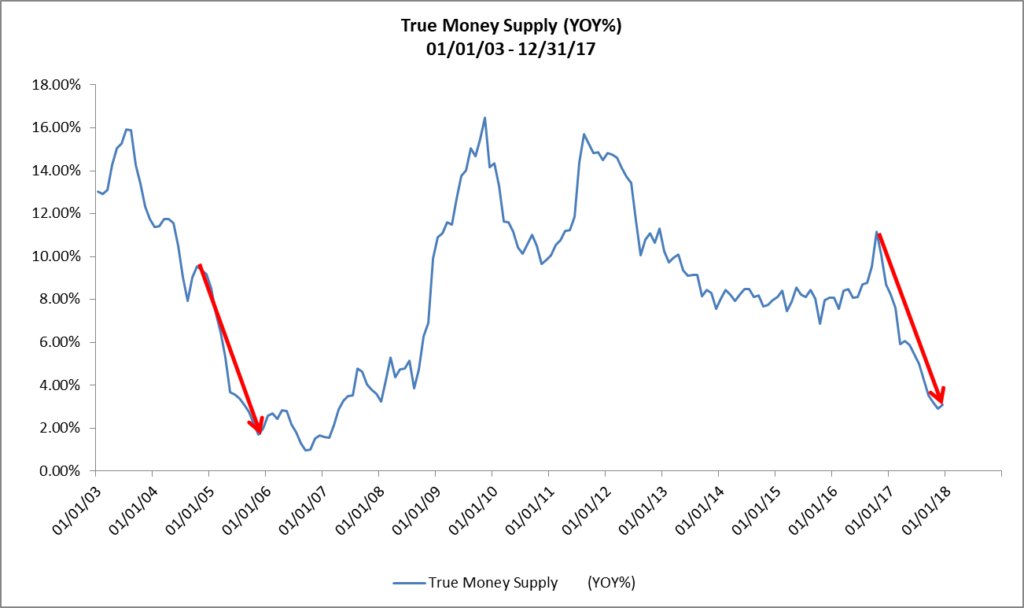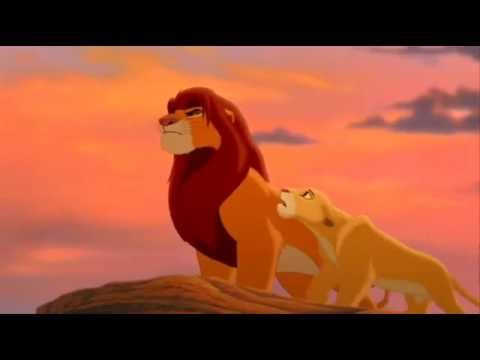

The dragonfly doji moves below the recent lows but then is quickly swept higher by the buyers. In addition, the dragonfly doji might appear in the context of a larger chart pattern, such as the end of a head and shoulders pattern. It’s important to look at the whole picture rather than relying on any single candlestick. More combinations can also form, but I will explain only powerful double doji patterns. It’s important to treat day trading stocks, options, futures, and swing trading like you would with getting a professional degree, a new trade, or starting any new career.
Even though the entire candle’s range of a Doji candlestick indicates a lot of probable events, it is better to consider other candlestick patterns and use indicators. If we just look at the Doji candlestick, we can understand that there is hardly any difference between the opening and closing prices. This also means double doji candle that both buyers and sellers have failed to create significant price movements. A Doji candlestick chart pattern is formed due to indecision in the market where neither the bulls nor bears can push prices. Place a stoploss order if a double-gravestone doji pattern forms in the resistance zone or supply area.
It is a Doji candle without a real body and extended upper shadow. Doji Star – It looks like a star with the same opening and closing values, and equal length upper and lower wicks. It appears when neither bullish nor bearish trend is significant enough to sway market sentiment.
With neither buyers or sellers able to gain the upper hand, a spinning top shows indecision. A doji candlestick is a neutral indicator that provides little information. They are rare, so they are not reliable for spotting things like price reversals. Gravestone Doji Candlestick FormationThe above price chart displays a Gravestone Doji formation near the uptrend, indicating severe buyers’ exhaustion.
One candlestick cannot explain all of the market structure in a chart. A doji candle may show a trend slowdown, but what is the duration of a trend slowdown? The answer to this question is not possible with a single Doji. Doji candlesticks are available in four various types, and each pattern represents a different concept.

Rejection from key level shows that buyers are willing to buy from that level, and they are now stronger than sellers. That’s why they are pushing the market up in the form of a long shadow below the candlestick’s body. Buyers or sellers control the forex market, but when Doji candles are formed, we assume that neither bulls nor bears are in control. Candlestick charts are a unique form of trading indicators invented in 17th century Japan by rice traders. They used these patterns to anticipate price movements to trade.
The Doji candle is one of the most famous patterns followed closely by price action traders. A Doji forms when the opening price of a candlestick is the same as the closing price, regardless of the price range. Despite the dragonfly doji being the standard doji candlestick, you’ll rarely get an ideal Dragonfly Doji where the price closes exactly where it opened. Tweezers are formed by two opposite candles, a bearish and a bullish one, which have matching highs and lows. And just like the previous two double candle patterns, they require the market to be in a distinctive short-term or long-term trend. In the previous article you were made familiar with different single candlestick patterns.
TRADING ROOMS AND LIVE STOCK TRAINING
Every candlestick has an opening, a close and a high and low of day. Think about it, if a Doji candle signals indecision, why would you interpret this as a signal to enter in the opposing direction? I prefer to consider Doji candles as accumulation zones where bull or bears are gaining momentum for a continuation of the main trend. After all, a Doji candlestick is a lagging indicator, it follows the price. Doji candlestick doesn’t have predictive powers, as others may suggest.
The Doji is just one of the many candlesticks all traders should know. Boost your trading knowledge by learning the Top 10 Candlestick Patterns. Apart from the Doji candlestick highlighted earlier, there are another four variations of the Doji pattern. While the traditional Doji star represents indecisiveness, the other variations can tell a different story, and therefore will impact the strategy and decisions traders make. This article explains what the Doji candlestick is and introduces the five different types of Doji used in forex trading. It will also cover top strategies to trade using the Doji candlestick.
Just make sure you test what you’re doing if you don’t want to end up in a situation where your account balance is damaged. There are two types of Star Doji candlestick patterns and they appear at the end of either a downtrend or an uptrend. Both these Doji formations signal a different direction of the trend.
Additionally, the placement of pattern formation on the chart plays a significant role. The Double Doji candlestick pattern, which will be the topic of this article, is one of the most prevalent types within this category. Doji candlesticks belong to the family of Japanese candlesticks charts. It has got its name from its unique formation, which denotes indecision. We will try to understand what a Doji candlestick is and what should be your stand when you see one. Traders typically enter trades during or shortly after the confirmation candle completes.
A long-legged Doji with a Doji star, for example, signals a trend reversal. Many traders use Doji candlesticks as a tool to identify certain areas where buyers or sellers are coming into the market. The reality is no one can anticipate or predict what market participants will do next. So, instead of picking tops and bottoms, it’s wiser to use Doji candles to trade with the trend. However, at that point, the bears regain strength and overcome the bulls, pushing the price lower, closing it within the body of the previous candle. Candlestick charts, and can also be important components of other multiple-reversal candlestick patterns.
What happens after a doji candle?
It is the exact opposite of the Dragonfly Doji in every sense. Additionally, this pattern appears when the supply and demand variables are in equilibrium. Long-legged Doji – A Doji star with extended upper and lower wicks.
- Often what I see traders do is that when the market moves up higher and then there’s a Doji.
- It is important to understand these patterns to trade successfully.
- When buying and selling are almost the same, this pattern occurs.
A gravestone doji is a bearish reversal candlestick pattern formed when the open, low, and closing prices are all near each other with a long upper shadow. A doji candle chart occurs when the opening and closing prices for a security are just about identical. If this price is close to the low it is known as a «gravestone,» close to the high a «dragonfly», and toward the middle a «long-legged» doji. The name doji comes from the Japanese word meaning «the same thing» since both the open and close are the same.
Technical Indicators in Stock Market You Should Know
Doji candlesticks not only signify market indecision, but they may also indicate the diminishing momentum of an ongoing trend. The vertical line of a Doji candlestick indicates the volatility of traders within a specific time period. So, the better solution of trading with Doji candles is to trade in the direction of the main trend. There is a conservative technique through which you can make this pattern generate some good, valid signals. I call it “the double Doji system” and is basically a breakout method, in the direction of the main trend.
Doji Candle Meaning Possible Reversal
Each day we have several live streamers showing you the ropes, and talking the community though the action. Neither the bulls nor the bears were able to gain control that day. Which gives reason to believe a turning point is developing on that stock. However, Doji formation comes in 5 major types – Standard Doji, Long-legged Doji, Gravestone Doji, Dragonfly Doji, 4 price Doji. Doji can also signal the start of a consolidation phase prior to a reversal or continuance phase. After such a war, you are most likely to have a knock-out winner.
A Doji candlestick is a balanced indicator that gives minimal insight when it is single. In addition, since Doji is uncommon, they are not a good indicator for events like price reversals. A single Doji is usually a good indication of indecision however, two Dojis , presents an even greater indication that often results in a strong breakout. The Double Doji strategy looks to take advantage of the strong directional move that unfolds after the period of indecision.
If entering long on a bullish reversal, a stop loss can be placed below the low of the dragonfly. If enter short after a bearish reversal, a stop loss can be placed above the high of the dragonfly. The signal is confirmed if the candle following the dragonfly rises, closing above the close of the dragonfly. The stronger the rally on the day following the bullish dragonfly, the more reliable the reversal is. The candle following a potentially bearish dragonfly needs to confirm the reversal. The candle following must drop and close below the close of the dragonfly candle.
In this blog, we are going to discuss all that a trader should know about Doji candlesticks. An upside-down T shape represents the Gravestone Doji pattern. It is a stronger bearish reversal indication because the open and close of this pattern are at or very close to the bottom after prices were rejected to the upward.
A long shadow at the top of the candlestick signifies price rejection below the key level. A candlestick’s body will show a long shadow that indicates rejection at a key level. Buyers are more willing to purchase from this level than sellers if they receive rejection from the key level. Cory is an expert on stock, forex and futures price action trading strategies. It’s a sign of a reversal pattern when coupled withtechnical analysis.
When two doji candlesticks form, it increases the probability of winning in an analysis. For example, a gravestone doji or dragonfly doji indicates a trend reversal. But when two identical types of candlestick form consecutively, then the probability of the result will increase. The appearance of a dragonfly doji after a price advance warns of a potential price decline. Because in this post, I’ll reveal the answers and teach you everything I know about the Doji candlestick pattern — so you can finally trade it like a pro.
